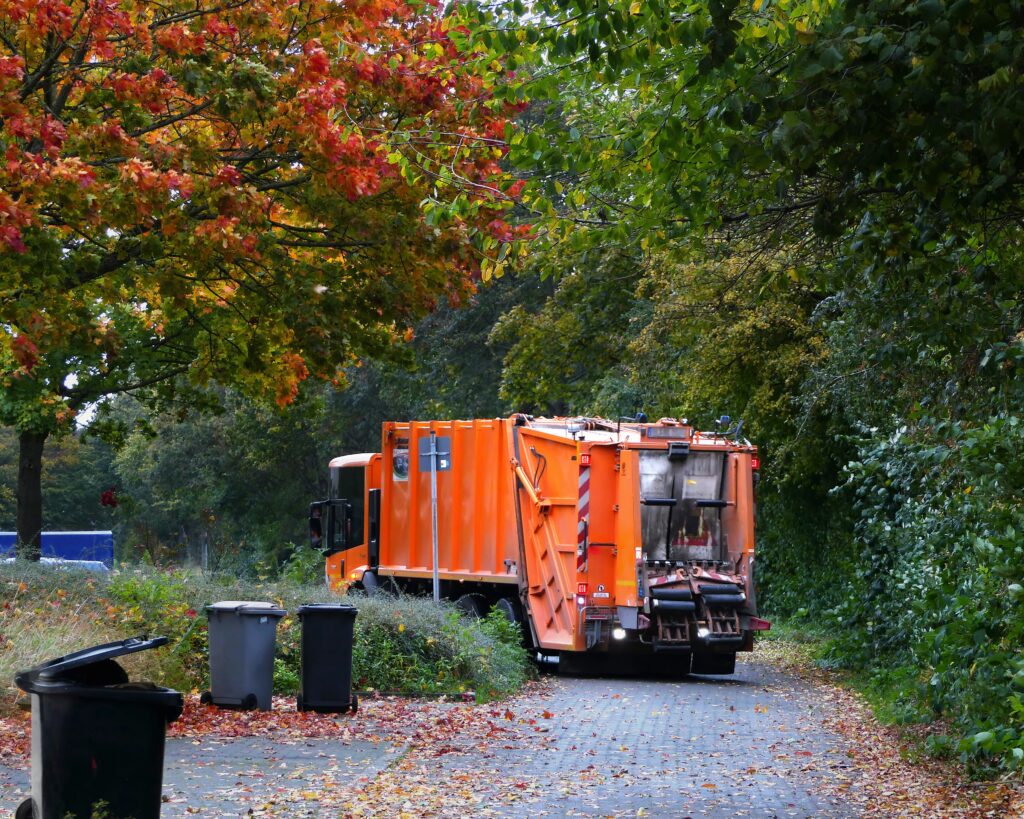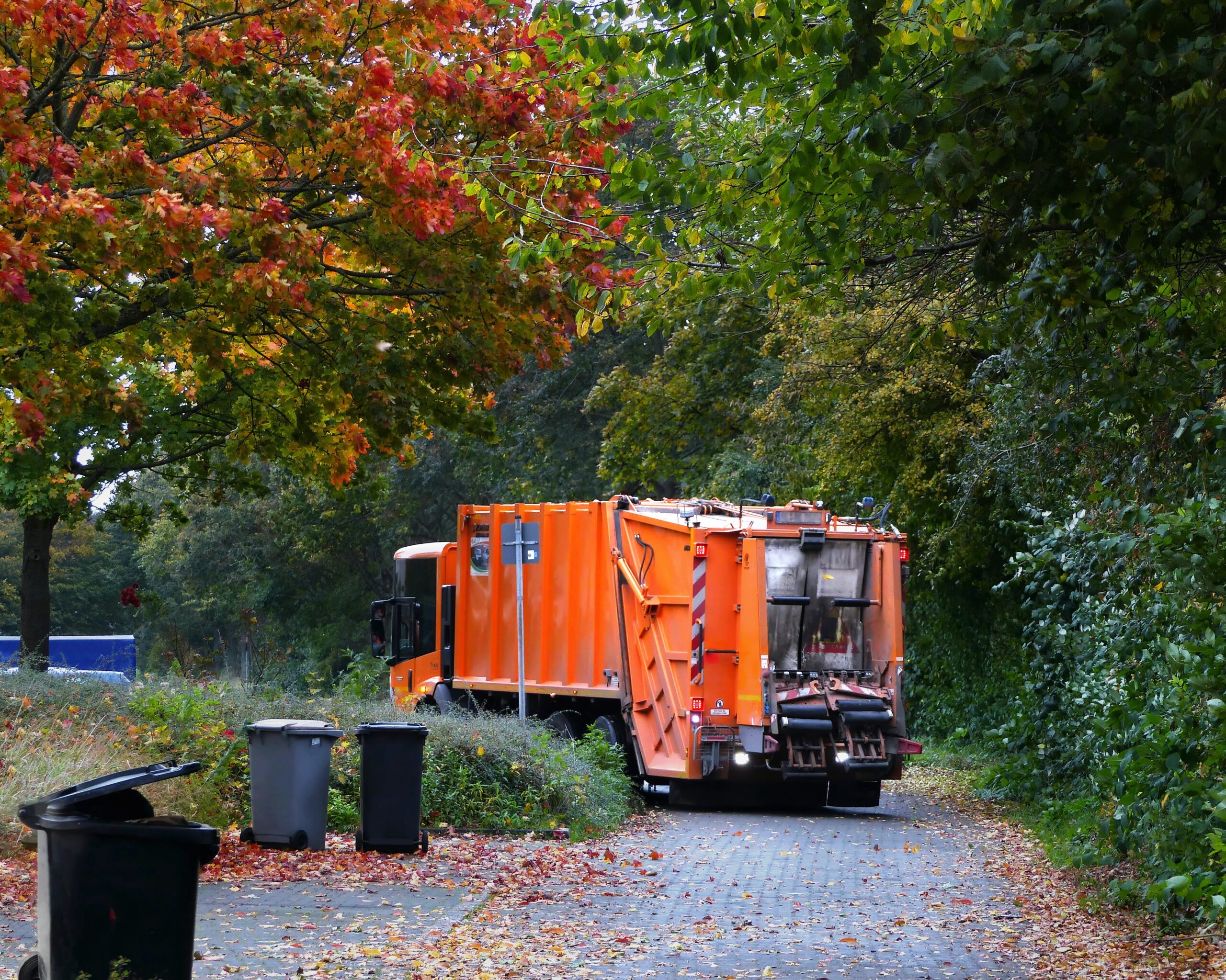
It was garbage pickup today. Usually, it’s a pretty ordinary chore in my house. This week, though, we let go of a futon that my husband had been gifted from a friend when he was very, very broke. It symbolized the relationship. It memorialized a specific part of his life. There was definitely a struggle in his commitment to letting it go. He also knew that we didn’t need this futon and it was blocking the way for the other things we had in mind for the space it was occupying.
The work of making space – literal and figurative – was on my mind this morning when I looked out the window hoping that some Craiglister would have picked it up before the garbage truck rolled up the street.
This is a classic challenge for nonprofit leaders: discerning what is still necessary because it’s working, and what is taking up precious resources but no longer fits the organization’s needs.
Cleaning House as a Leadership Duty
Strong leadership isn’t only about building and adding—it’s also about pruning and refining. Programs, services, and internal functions all consume time, funding, attention, and emotional energy. When leaders fail to examine whether those investments are still aligned with the mission, the organization risks drifting into activity for activity’s sake.
Conducting a periodic review—asking “Is this still mission-critical? Is it the best use of our resources?”—is part of the duty of good governance. It’s not glamorous work, but it’s the discipline that keeps organizations focused on impact rather than inertia.
When Legacy Becomes Luggage
Many organizations hold on to programs because they carry a history, or because a beloved founder or donor started them. The intent is noble, but legacy can easily become a weight. A “we’ve always done it this way” mindset stifles innovation and learning.
And this isn’t only about what faces the public. Internal operations—like inherited reporting requirements, outdated meeting structures, or a patchwork of technology systems—can become just as heavy. They may once have been useful, but if they’re no longer serving staff or advancing the mission, they quietly drain energy and morale.
History should inform how you move forward, not dictate it.
Options Beyond Deletion
Ending or changing a legacy program or system doesn’t always mean pulling the plug. Leaders have options:
- Transition a program to a partner agency better suited to sustain it.
- Archive the work as a case study to capture learning and avoid repeating mistakes.
- Redesign or scale differently to meet today’s needs with greater efficiency.
- Streamline or automate internal processes that once required manual work.
- Celebrate and sunset—acknowledge the impact, thank stakeholders, and make space for new energy.
The goal isn’t ruthless cutting—it’s intentional curation of your organization’s energy and assets.
A Moment to Reflect
This is as much about personal practice as organizational discipline. Two prompts to consider:
- Personal Prompt: What are you holding onto as a leader that might not be serving you—or your team—anymore? A reporting structure? A ritual that drains more than it gives? A belief about how work “should” be done?
- Organizational Prompt: Looking across both your programs and your internal operations, which ones are actively advancing your vision today, and which ones are simply consuming resources because they’ve always existed? What might deserve a transition, redesign, or respectful sunset?
Tools for Making Space
This is the kind of discernment my Intellectual Capital Inventory process supports. It helps leaders inventory their human, structural, and network assets—clarifying what’s core, what’s underutilized, and what’s simply taking up space. The process creates a disciplined way to ask: What is essential to carry forward, and what might we release to make room for what’s next?
Sometimes the bravest act of leadership is not adding more—it’s making space.
September 23, 2025
Leave a Reply Cancel reply
Website by Woven Digital Design
| Website by Woven Digital Design
Walker Philanthropic Consulting
Walker Philanthropic Consulting
